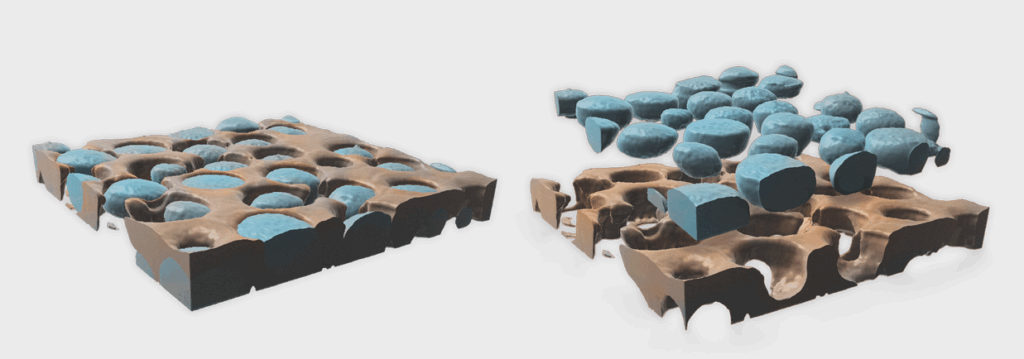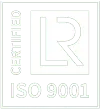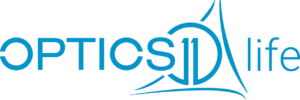How Pavone enables Leijten Lab to ask more fundamental questions
© 2024 Optics11 Life B.V.
At Leijten Lab, Dept. of Developmental Bioengineering, University of Twente, Dr Jeroen Leijten is a Professor whose research focuses on developing nano- and micro-scale tools for enabling technologies to drive the mass production of multiscale bioengineered constructs for tissue engineering applications. Specifically, he is developing cutting-edge technological platforms for generating micromaterials that allow the fabrication of multiscale hierarchical tissue constructs that control (stem) cell behavior at the nano-, micro-, and macro-scales.
In 2019, Dr. Leijten, whose work primarily involves soft spherical materials and stem cell differentiation, was looking to expand his lab’s infrastructure to perform in-house spatial probing. More specifically, he sought a solution to perform measurements reproducibly, quickly, and easily. Having worked extensively with various traditional mechanical characterization technologies, he came across Optics11 Life’s solutions. He explains: “The grant allowed us to buy the Pavone, which allowed us to be future proof considering the capacities that the Pavone offers. We can use a range of measurements, including tapping modes, which enable us to offer investigative value to other grants and consortia. It also offered better optics (than other technologies) at that time. If you work with very transparent, hard-to-see, and small microgels – optics matter. The additional fluorescence module also provides the opportunity and flexibility to move into other areas.”

Image by C. Johnbosco MSc (Castro)
Multiscale materials with different mechanical properties, where matrix scan mapping of Pavone provides mechanical topographical information.
At first, the solution offered the Leijten Lab the right infrastructure to go beyond proxy assays to quantifiable outcomes. He explains: “We knew we wanted to generate XY plots of behaviors of our modular gels with an absolute Y or X axis, which is essential for scientific excellence.” As the Pavone became a standard tool within the research infrastructure, its application in the research of more mechanobiology-central programs began to grow. “Once you start understanding it (and what it can measure), it starts to become more of a standard tool, which means incorporating its measuring capabilities in other research projects. For example, this has led us into investigating endowing materials with toughness using micro-structuration and have also spearheaded our research activities into the field of stress-relaxation.”
Dr. Leijten explains that previously, his research focused on biology and then entered mechanics to demonstrate functionality. Now, research is focused the other way around, investigating whether mechanics dictate functionality. Simply put, it is a matter of looking at cells in their native environment and trying to replicate that. His extensive research into cartilage as a load-bearing tissue exemplifies this approach.
“We’ve always looked at how cartilage cracks and whatnot, but we’ve never looked at what cells do when you change their mechanics through loading or unloading therapy. We’re specifically interested in what happens if you change the macro- and tissue-level mechanics, the interterritorial matrix, so that the matrix is far away from the cells, which is then stiffer and more brittle because then you will have different propagation of mechanical forces versus what happens within that material that’s directly around the cell, the pericellular matrix. We then change the question to: does stiffness make the cell do the job and therefore create a tissue that is regenerative or physiologically superior? The infrastructure drives the question in this case.”
He further explains that other techniques did not offer the range they required to investigate the local and distant mechanics around a cell in cartilage in one scan. “Other technologies do perhaps one or two orders of magnitude of stiffness. That’s not enough because we can’t see the matrix; it’s maxed out. The probes in the Pavone allow us to cover something like 3 orders of magnitude, which is from 5 kilo Pascal to 2 mega Pascal if you have the right probe.”
Dr. Leijten indicates that the Pavone platform is an important part of his research infrastructure. It’s a cost-effective solution that can measure quantifiable and absolute values at the microscale. It provides simple and easy workflows and can quickly be operated by users of all scientific backgrounds with minimal training, as the system is as easy as “I tap, I measure, I get.”

